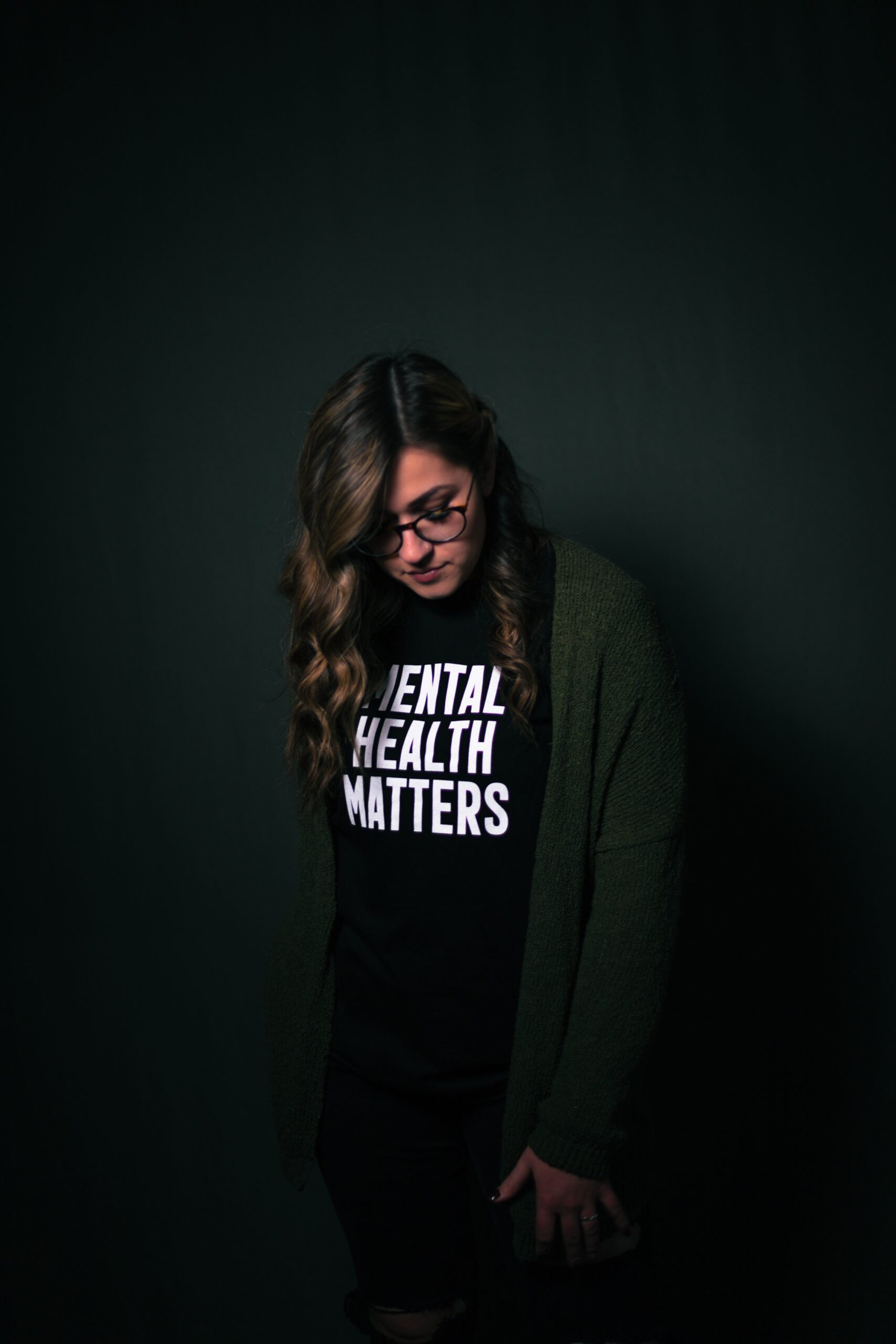Today, unfortunately, there is still a strong stigma linked to mental illness and psychological problems. Any pain or “physical” problem seems to be accepted, but if it is the psyche … You are afraid of being considered “crazy”.
What is a stigma?
Understanding what a stigma is and how it works can help us overcome it.
Stigmas are complex social processes that consist of labeling, devaluing and discriminating on the basis of a particular characteristic; these processes involves a set of components:
- Cognitive (eg I see a person behaving strangely on the street, I label them as “crazy”)
- Emotional (e.g. I feel fear, disgust)
- Behavioral (e.g. I avoid it, I change the sidewalk, I look at it with pain)
How does a stigma work?
Hidden beliefs and attitudes underlie stigma-related behaviors. They are hidden because they act without awareness, they are the result of internalized patterns from an early age that reflect the culture in which we live.
The stigma is dangerous because it is not the result of a rational, logical, thoughtful reasoning: it remains unspoken and also acts on an emotional level, often and willingly causing fear. Fear of something that is not known and that the culture has transmitted to us, being potentially dangerous or very strange, to be avoided. In this case, mental illness.
The stigma of mental illness: the consequences
“I can’t talk about it“
People are unwilling to speak out or seek help with psychological / psychiatric problems. Consequently, in times of difficulty we try to ignore the problem, to hide it. In this way, it is dragged until it becomes too big to be ignored and must necessarily be brought to light, and therefore there is a considerable delay in starting the treatment process.
The label of the diagnosis
Once a diagnosis is made by a specialist, it tends to be seen as static, stable, lasting. A brand that “labels” us, that we find in anamnesis and that we carry with us everywhere we go.
The effects of this process can be deleterious for the person: there will be a tendency to see the disease before the person, and / or a tendency to engage in behaviors that are experienced as contemptuous or humiliating. It even happens that the diagnoses are not even accompanied by an explanation, so it is sewn on without the person concerned having really understood what this means.
Fear of what I don’t know
Stigmatization often leads to feelings of anxiety or fear and a desire to avoid the stigmatized person.
Therapeutic pessimism
Research shows that healthcare professionals tend to have pessimistic views on the likelihood of recovery / “recovery” of psychiatric patients. Research also suggests that pessimism is associated with a sense of helplessness, which leads practitioners themselves to believe that “what you do doesn’t matter.”

How to intervene to reduce the stigma?
There are possibilities of “intervention” to reduce stereotypes, prejudices, and try to reduce stigma:
- Information: only by knowing the processes that underlie stigma, prejudices and stereotypes can we become aware of the subtle and unintended ways that move human behavior.
- Social contact: knowing someone personally with these experiences reduces stereotypes. And so anxiety is reduced, empathy increases, and understanding of what we did not know before increases.
- Training to reduce stereotypes: prevention interventions, both in schools and in the workplace, are increasingly aimed at reducing stereotypes and changing behaviors. We hope that mental health and illness will be increasingly included in these programs.
In our small way everyone can do something: feel free and speak with courage and naturalness about the fact that you are going to a psychologist / psychiatrist. If everyone starts talking about it it will be more and more “normal” to hear it and slowly it will stop being a taboo.
If you are thinking about psychological therapy, find the right type of treatment for you on BetterHelp.com.
In the end
The stigma has deep roots in the culture to which it belongs, and it is not easy to eradicate it. Everyone has the responsibility, in his own small way, to change this World: society is made up of people. Bringing attention to these phenomena and processes is the first step in trying to change our behavior and, consequently, the world around us and that we inhabit.

